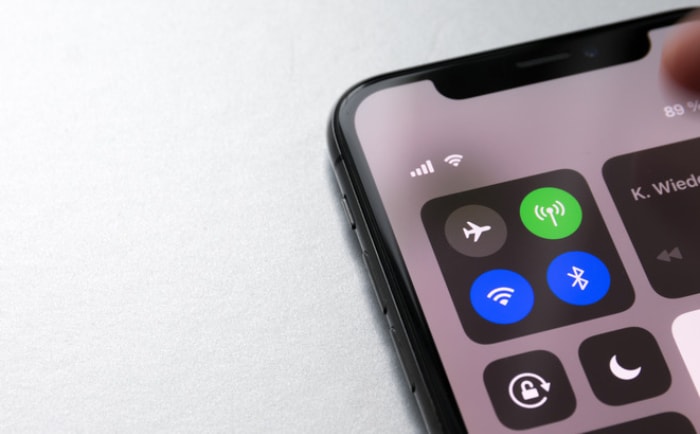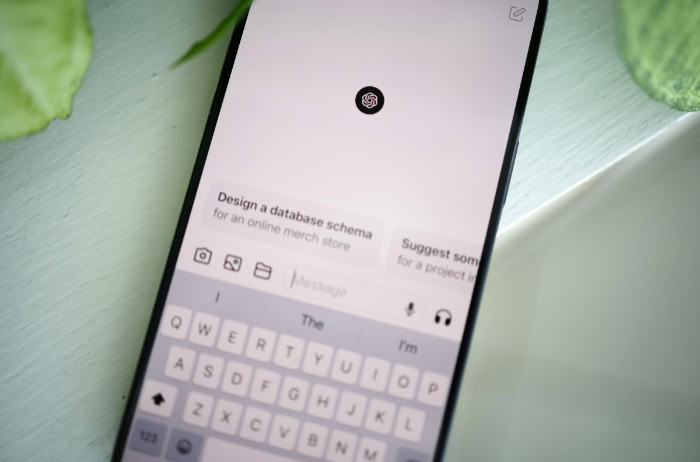What Is Sideloading? Beyond the App Store
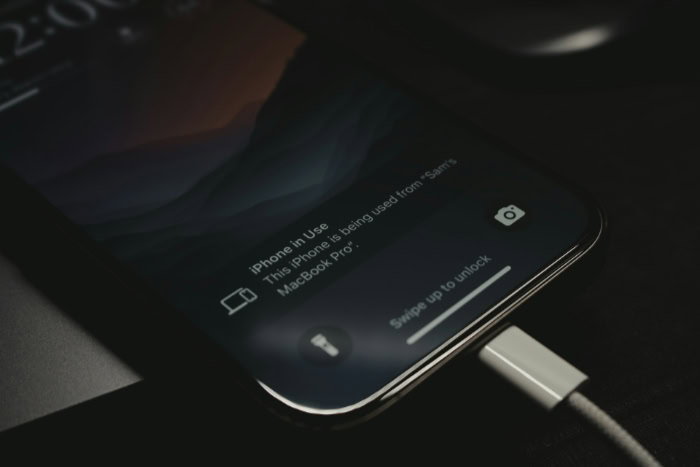
Installing an application from outside the official Google Play or Apple App Store is known as sideloading. The practice grants access to a wider universe of software, from region-locked games to specialized developer tools not permitted in curated marketplaces.
This freedom, however, comes with considerable security vulnerabilities. Bypassing the official stores means forgoing their strict vetting processes, potentially exposing your device to malware and spyware.
Knowing how sideloading works on both Android and iOS, what the legitimate uses are, and how to mitigate the dangers is critical.
What Is Sideloading?
At its most basic, sideloading is the installation of an app manually. Instead of tapping an “Install” button within an official store, a user obtains an application file from another source and initiates the installation directly on their device.
This practice bypasses the gatekeepers of the mobile operating system, providing a path for apps that may not be available through standard distribution. The scope of sideloading ranges from developers testing unreleased software to users accessing applications that are unavailable in their region or have been removed from official stores.
Official Distribution vs. Sideloading
The primary difference between official distribution and sideloading lies in the review and curation process. Apps submitted to the Google Play Store or Apple App Store undergo a vetting procedure where they are checked for malware, stability issues, and compliance with platform policies.
This system is designed to create a safe and consistent user experience. Sideloading circumvents this entire quality control framework.
An app installed from an unofficial source has not been subjected to the same level of scrutiny, which fundamentally alters the security expectations for the user. Responsibility for verifying an app's safety shifts from the platform owner to the individual.
Common Formats and Sources
Sideloaded applications are distributed as standalone installation files. On Android devices, these files use the APK (Android Package Kit) format.
On iOS, they are known as IPA (iOS App Store Package) files. Users can obtain these files from several places.
Alternative app stores, which operate as independent marketplaces, are a common source. Another method is downloading the files directly from a developer's website or a trusted software repository.
In enterprise environments, companies often distribute proprietary apps to employees as direct downloads for internal use.
How Sideloading Works by Platform
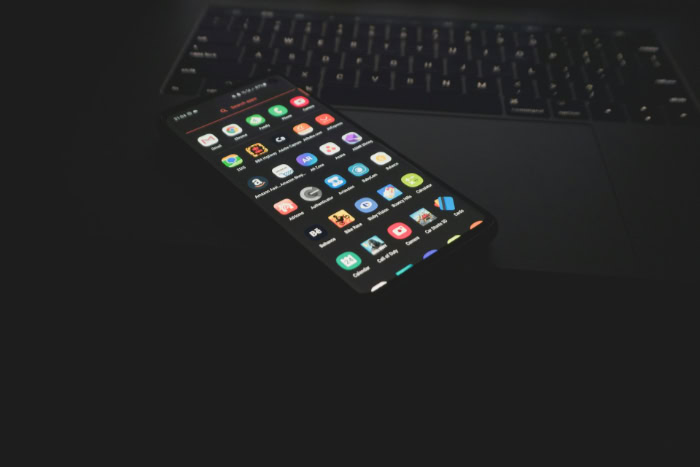
The procedure for sideloading differs significantly between Android and iOS, reflecting the distinct philosophies of Google and Apple toward their mobile operating systems. Android offers a more open system with straightforward settings to allow third-party installations, while iOS has historically maintained a tightly controlled ecosystem, only recently adjusting its policies in certain regions due to regulatory pressure.
Android Mechanics
On an Android device, sideloading is a relatively simple process. The operating system includes a security setting, historically called “Unknown sources” and now labeled “Install unknown apps,” that must be enabled.
Modern Android versions require granting this permission to specific apps, such as a web browser or a file manager, before they can initiate an APK installation. Once the permission is granted, a user can download an APK file from a third-party website or transfer it to their device and tap the file to begin the installation, much like running an installer on a desktop computer.
iOS Mechanics
Sideloading on iOS is a more complicated affair due to Apple's “walled garden” approach. Historically, it was only possible through developer tools or unauthorized methods like jailbreaking.
However, recent regulations, specifically the Digital Markets Act (DMA) in the European Union, have forced Apple to permit alternative app marketplaces. Within the EU, users can now install apps from outside the App Store.
Apple still maintains oversight through a process called notarization, where it scans apps for known malware. This basic security check is not as comprehensive as the full review process required for apps on the main App Store.
Enterprise and Testing Workflows
Beyond personal use, sideloading is a standard practice in professional software development and corporate environments. Developers on both platforms frequently sideload applications onto test devices to check functionality and identify bugs before a public release.
Similarly, organizations use sideloading to distribute proprietary internal apps to their employees for work-related tasks. Such distribution is often managed through enterprise developer programs and Mobile Device Management (MDM) systems, which allow a company to securely deploy and manage its software on a fleet of approved devices without using the public app stores.
Benefits and Legitimate Use Cases
While sideloading introduces potential security issues, it also serves several valid and important functions that are not possible within the confines of official app stores. For many users, from software developers to individuals living under restrictive regimes, the ability to install applications from outside the mainstream ecosystem is essential.
Accessing Unavailable Applications
One of the most common reasons to sideload is to obtain an app that simply is not available on an official store. This can happen for a number of reasons.
Some applications are region-restricted, meaning their developers have only released them in certain countries. Sideloading allows users outside of those regions to install and use them.
In other cases, an app may have been delisted and removed from the store entirely, making a third-party source the only way to acquire it. Niche applications that cater to a small audience or do not comply with a store's specific content policies also find their home on alternative platforms.
Development and Customization
For application developers, sideloading is an indispensable part of the creation process. They must constantly install test builds and beta versions of their software onto physical devices to find and fix bugs before submitting a final product to an app store.
Beyond professional development, tech-savvy users often sideload modified versions of popular apps. Such modifications can add new features, change the visual appearance, or remove unwanted elements.
These customized apps often provide functionality that would violate official store guidelines, giving users more control over their software experience.
Specialized and Circumvention Needs
Sideloading fulfills critical needs for corporations and individuals in unique situations. Many companies develop internal, proprietary apps for their employees to handle tasks like inventory management or secure communication.
Distributing these apps via sideloading is more efficient and secure than publishing them on a public marketplace. Furthermore, in environments where governments or internet service providers enforce censorship, sideloading can be a lifeline.
It allows people to install VPNs, encrypted messaging services, and other tools that may be banned from their local app store, providing a crucial gateway to unrestricted information.
Risks and Challenges
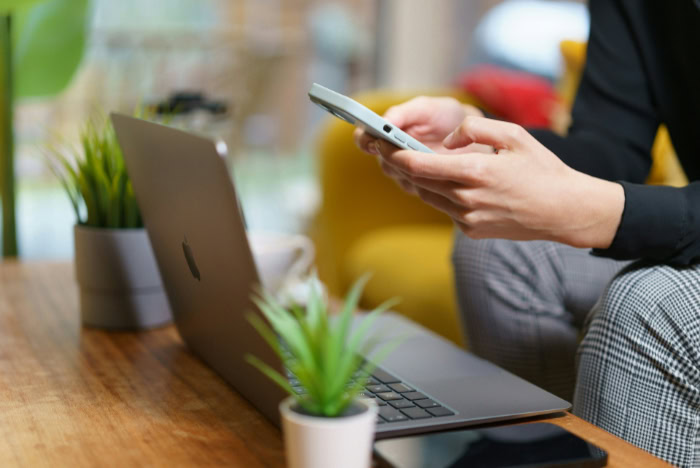
The freedom offered by sideloading is accompanied by a significant set of risks that are largely mitigated by official app stores. Bypassing the curated ecosystems of Google and Apple places the burden of security, maintenance, and compliance directly on the user.
Security Threats
The most pressing danger of sideloading is the increased exposure to malicious software. Official app stores employ review processes to scan for malware, spyware, and other security threats before an application is made available to the public.
When you install an app from an unvetted third-party source, you forfeit this protection. Malicious actors often disguise harmful code within seemingly legitimate apps or create fraudulent software designed to steal personal information, financial data, or login credentials.
Because these apps operate outside the official security framework, they create a broader attack surface on your device.
Maintenance and Compatibility
Sideloaded applications exist outside the standard update infrastructure. Apps installed from the Google Play Store or Apple App Store typically receive automatic updates that provide bug fixes, performance improvements, and critical security patches. Sideloaded apps do not benefit from this system.
The user is solely responsible for manually seeking out, downloading, and installing updates. Failure to do so can leave an app with unpatched vulnerabilities.
Additionally, compatibility can become an issue. An app may not be optimized for your specific device model or may break after an operating system update, leading to crashes, poor performance, and degraded reliability.
Legal and Policy Concerns
Venturing outside of official app stores can also introduce legal and policy-related complications. Sideloading paid apps for free or using modified versions that circumvent in-app purchases can constitute copyright infringement.
Furthermore, using a sideloaded app may violate the terms of service of the original developer or the platform owner. Both Google and Apple explicitly warn users about the potential privacy and security consequences of sideloading, as it can compromise the integrity of their mobile ecosystems.
In some cases, using altered apps, particularly for online services or games, can result in a permanent ban from that service.
A Guide to Sideloading Safely
Given the inherent risks, approaching sideloading requires a deliberate and cautious mindset. You can significantly reduce the potential for harm by adopting a series of best practices focused on verifying sources, reinforcing your device’s security, and making a calculated judgment about when the benefits outweigh the dangers.
Responsible sideloading is an active process, not a one-time decision.
Vet Sources and Review Permissions
The single most important safety measure is to scrutinize the source of your application file. Only download from trusted repositories with a strong reputation, such as established open-source software sites or the official websites of well-known developers.
Where possible, verify the app's digital signature to ensure it is authentic and has not been tampered with. Before finalizing any installation, carefully review the permissions the app requests.
Be highly suspicious of any app that asks for access to data or hardware that is not relevant to its function; a simple calculator, for example, should not need access to your contacts or camera. On iOS in the EU, look for notarization as a baseline security check, but remember it is not equivalent to a full App Store review.
Strengthen Your Device's Defenses
Maintaining a strong security posture on your device is critical when sideloading. First, always keep your device’s operating system up to date, as these updates contain vital security patches that can protect against known vulnerabilities.
Second, you must take on the responsibility of keeping sideloaded apps updated by manually checking for new versions from the source where you originally obtained them. Installing a reputable mobile security application from an official app store can also provide an additional layer of protection by scanning new files for malware.
If an installed app behaves unexpectedly or seems to request excessive permissions after installation, remove it immediately.
Deciding When to Sideload
The choice to sideload should always come after a careful risk assessment. Before seeking a third-party source, always search the official app stores for an equivalent application.
An app from the Google Play Store or Apple App Store is almost always the safer option, as it benefits from a stringent review process and a reliable pipeline for automatic updates. Sideloading is best reserved for situations where there is a clear and compelling need and no alternative exists on an official marketplace.
Weigh the necessity of the app against the potential exposure to security threats and maintenance hassles. If the risk seems unclear or the source is not completely trustworthy, the most prudent course of action is to avoid the installation.
Conclusion
Sideloading presents a fundamental trade-off between the curated safety of official app stores and the expanded freedom of an open software ecosystem. It provides a valuable avenue for developers, power users, and those seeking apps unavailable through standard channels.
This flexibility, however, comes at the cost of assuming personal responsibility for security and maintenance, tasks normally handled by platform owners like Google and Apple. The process varies greatly, from Android's built-in support to the more restricted, regulation-driven options emerging on iOS.
Ultimately, the choice to sideload should be made with a clear awareness of the dangers involved. By vetting sources, reinforcing device security, and reserving the practice for necessary situations, users can tap into its benefits while minimizing the considerable risks.

